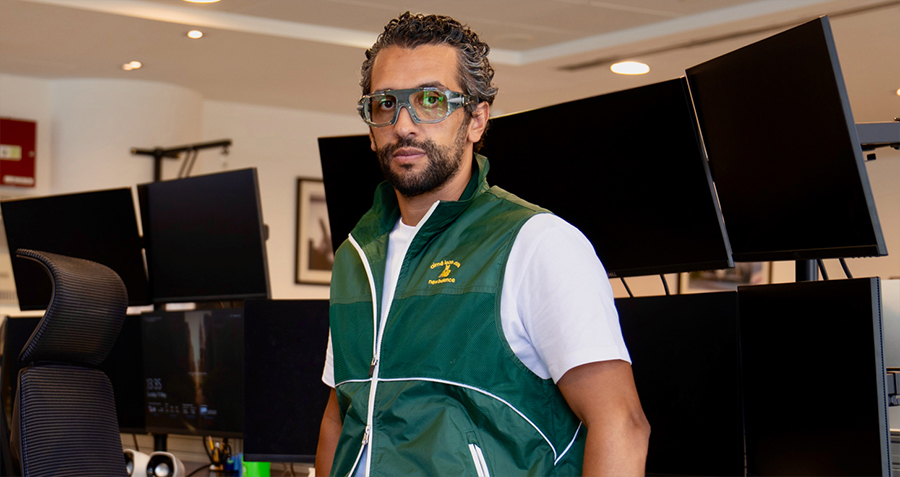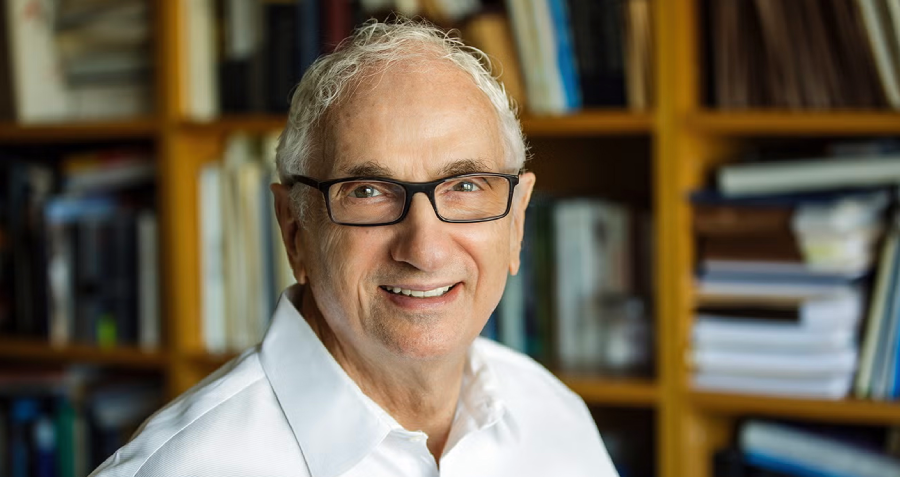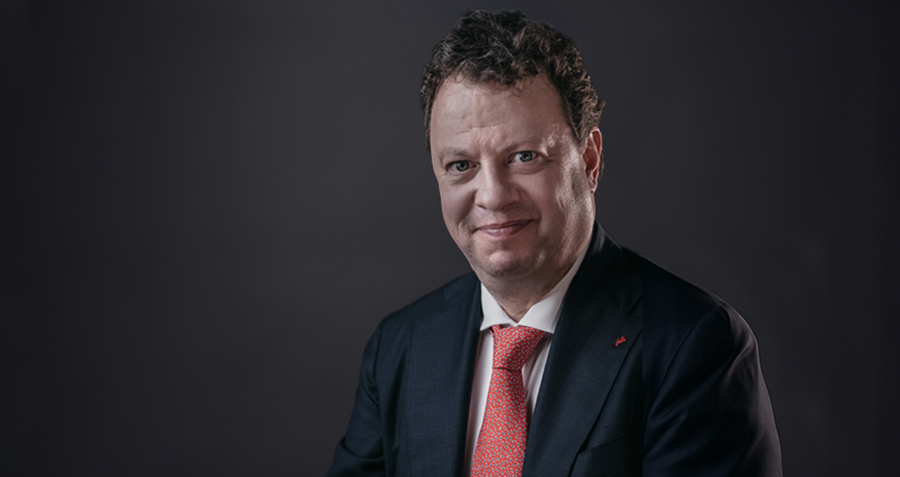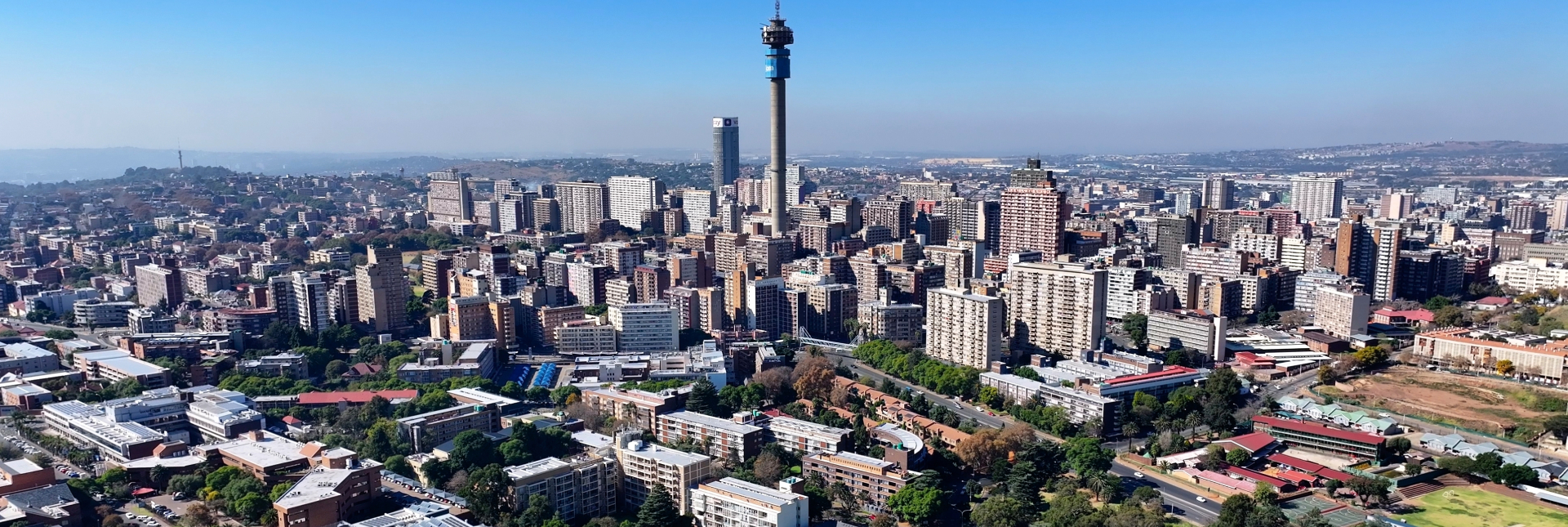Carson Sun, CEO of Lululand, a company operating almost entirely in the metaverse, talks metaverse advertising, world building and the future
Bio: Carson Sun is CEO of Lululand, a company operating in The Sandbox metaverse. He is a member of the Executive Council at the Rensselaer Polytechnic Institute and a Columbia University Health Education Ed.D. Candidate, as well as a Pace University Computer Science Ph.D. Candidate.
The metaverse, the poster child of the latest phase of the newest technological revolution, consists of virtual worlds where users can play, build, own and monetize their virtual experiences in a way that is seamlessly intertwined with the real world. One of the most prominent metaverses is The Sandbox, and Lululand operates within that world offering services to users including experience design, virtual city spaces, building tools and selling advertising space. It’s simply a virtual reflection of the real world.
For Carson Sun, CEO of Lululand, the metaverse is a place where friends and family can meet, regardless of time and space, and his company is designed to facilitate this. In this interview, he discusses Lululand’s place in The Sandbox, the practical issues of running a business in a digital world, and the need for co-operation over competition at this stage of metaversal development.
Q. How does Lululand fit into The Sandbox and what different services do they offer?
A. Lululand aims to maximize economic value produced by The Sandbox. We use Lululand to build customer loyalty to The Sandbox and, by creating emotional links, people will be more likely to return to the metaverse if they enjoy what Lululand offers. The Sandbox relies on user generated content and cooperative IP to build up stories, and this is exactly what Lululand does. An analogous example would be to think of The Sandbox as a huge national park and Lululand as a playground or a camping area within it. Lululand provides content and develops user interest and emotional connections within The Sandbox ecosystem.
We offer four different services. Firstly, Lululand offers a metaverse experience which we believe is very enjoyable and emotionally nourishing. Secondly, we offer what we call The Pinnacle Project, which can help any user build up their own land in The Sandbox within 30 minutes. It is a very efficient way to build a home, just like playing with Lego.
Thirdly, we have a shop where you can buy virtual world NFTs such as virtual clothing, cars and other items. You can also use this shop to buy things to be delivered to yourself in real life, so instead of going to the shops in your city, you can visit them within The Sandbox from the comfort of your own home. Finally, we have a brand promotion service by which we help companies create jobs and roles within the world, from which real value can be gained for our company partners. One of the ways we do this is by offering billboards for businesses to advertise on.
Q. What does The Sandbox offer to Lululand and why have you chosen to use it?
A. It’s a great place to utilize your imagination and creativity. The Sandbox offers two very powerful tools, one is a Game Maker, and the other is an editing tool, Voxedit. Every user who wants to own land and experience the metaverse can use these tools very easily and without any prior knowledge or technical skills. The Sandbox is also great for accessibility, for example you can play with Lego or make your own art and in this way you can slowly build up your own home and personal effects within the world. It is a little like the game Minecraft in this respect, but has much greater depth and customization. You can also interact with Adidas, Gucci and other big brands in the world, which are arguably more accessible there than in real life.
Q. How does Lululand interface with the real world?
A. Currently we are based primarily in China, but we have our headquarters in New York. The company is registered in New York and our cash flow capitalization took place in New York. In China, we have a lot of difficulties because it’s hard to operate a metaverse community when cryptocurrencies are illegal. A metaverse is composed of two parts, one part is NFTs and the other part is crypto. These features are key to the atmosphere and environment of the metaverse and without them you will lose a lot of imagination and feeling.
Q. Why did you choose The Sandbox over the alternative of Decentraland?
A. The Sandbox has a very friendly community, everyone works together and often helps each other with whatever we are working on, which was a huge benefit when we first started. Not only do people help you do things, they also share skills and teach each other. This is a huge driver for growth when compared to traditional IP and business.
Also, user-generated content for Decentraland is not as open when compared to The Sandbox. The difference is mainly that users cannot share experiences and post about them. The Sandbox is art, each block is a form of art which is totally customizable and that appeals more to us.
Q. And so within The Sandbox, who are your main competitors?
A. Currently I would say it’s ourselves. Right now, the metaverse is in a grace period in which most companies are actually cooperating to build strong products and services for the user. This is because without good infrastructure, Lululand won’t be able to provide good content, events and stories. The foundations need to be made as solid as possible before we think about competing, so we need more cooperation between peer companies and external companies.
Q. What is your revenue model and what prospects are there for adding to it in the future?
A. For now we don’t have any offline business, rather, we work more on in-game advertising. When you walk down the street in our virtual world, there are public parks and there are commercial hubs. The brands that are represented in these spaces generate our advertising revenue, but that’s not our main revenue source. We also have channel sales, which are based on our Pinnacle Project home design tools. These tools have some additional items that you can purchase which are not required for play, but make nice additions. In the future, we intend to roll out a subscription model which is very different from traditional subscription models, based on blockchain technology.
Q. What were the main barriers you had to overcome when setting up the company in a virtual world?
A. The cost of advertising effectively within a digital world is quite high, and training for advertising purposes is also very difficult. Incorporating advertisements into communal places and buildings, such as a virtual town hall building, or on transportation systems and in town squares, seems simple, but the challenge is doing it in an aesthetically pleasing and intelligent way. Also, all communal places needed to be made from scratch, rather than simply putting a poster on a wall like in real life. This costs a lot and is very time consuming, obviously there is no cost of materials because it’s virtual, but you need a lot of capacity for intelligent and creative graphic design. We spent $2 million to buy a 12×12 plot of land within The Sandbox, which is lifetime advertisement virtual real estate.
Q. How confident are you in The Sandbox’s long-term prospects?
A. There are three things I would like to emphasize here. Firstly, there is already a lot of big brand attention in The Sandbox, such as gaming giant Ubisoft, the Korean Hana Bank, HSBC and the South China Morning Post (SCMP), which will sustain it over the long run. The SCMP is creating an “ARTIFACT” which will record historical accounts and assets on the blockchain, thereby ensuring immutability and decentralized ownership in The Sandbox metaverse. The partner banks are also planning to provide a stable line of credit to anyone who needs it within The Sandbox. These are very successful examples of how businesses can add value to the metaverse.
Secondly, The Sandbox is very compelling and reliable because, as well as the big brands, its users are generating content and improving the experience all the time. The Sandbox is built on user-generated content, therefore The Sandbox by its very nature is constantly evolving and this makes it a better experience.
Finally, The Sandbox also has something called a Game Maker Fund (GMF), which supports primary content generation by funding and publishing projects. Every brand looking to work within the metaverse needs primary content generation, so the GMF can help brands get their own unique content ready for release.
Q. What is the technology behind The Sandbox?
A. There is blockchain technology and there are also other decentralized finance technologies. In the future, things will be very different. There will be more venture capital-supported content, software companies will begin land financing for customers, and this will change everything. In the future, The Sandbox will also have VR and AR which will create a more immersive experience. There is also BRINC, which is functionally a business accelerator for The Sandbox, which focuses on improving the technologies in the system. There are a lot of ambitious people bringing high technology into the world. It’s really just evolving as we speak.
Q. Given the decentralized nature of blockchain technologies, how does decision-making and development of joint projects work, and how advanced is IP law in the metaverse?
A. Decision-making and development of joint projects are more efficient within the metaverse. The capital flow and the workflow will become much more efficient, and sometimes projects that would take a month in the real world can take as little as a week within the metaverse. This is because access to capital is easy, and transaction and approval times are very fast thanks to blockchain technology. Smart contracts are one example of how the system works quickly but also reliably.
Most of our technical difficulties and IP problems are associated with the blockchain technology, because cashflow depends on trading volume which is notoriously volatile. With the development of finance companies within the metaverse, this will gradually stabilize as underlying value becomes less reliant on individual actors.
Q. What do you make of the recent market correction in the price of NFTs?
A. As in the infamous tulip mania period in the Netherlands, throughout history there have always been bubbles of hype and speculation. Of course, Apple, Amazon and many others were born in the dotcom bubble, which people tend to forget. My job is to explain why the metaverse matters and what it can do for people. The value of NFTs comes from imagination and the asset’s atributes, so if the price of an NFT goes up, it’s because people are engaging with their own imagination in conjunction with the NFT. All NFTs and virtual land plots are products, and when prices drop it’s an opportunity for reconsidering product utility and to reconnect with the product.
When the prices went up last year, it was a time to work hard. We worked almost 24/7 and finished almost three years work in a single year. But now that prices have dropped, we have stopped focusing on the future and on our imagination so much, and instead have shifted focus to our operations and how to make it more efficient. These are totally natural cycles.
Q. How is the metaverse experience different in China compared to the rest of the world?
A. The metaverse in China is very isolated, you can access it via a VPN, but it’s not commonplace, but I do believe that in the future, Shanghai will be open to the global metaverse, to crypto and to NFTs. The simple reality is that if China doesn’t recognize other countries’ NFTs, how can they recognize their own? It is an important reality that all digital worlds need interchangeable systems to realize their full potential. Perhaps they could create special digital economic zones akin to the special economic zones in Shenzhen or Hainan. Interoperability is an essential element we need to take into consideration.
Q. What advice do you have for entrepreneurs who would like to leverage the metaverse or Web 3.0 for business opportunities?
A. Because blockchain is anti-AI, the metaverse is a great opportunity to provide more human interaction than ever before. Entrepreneurs need to understand this, the virtual world is more connected and more spiritual. Human concepts such as these will be easy to fit into the blockchain and that’s a great place to start. But this is a very fast-paced industry that requires a lot of dedication. To meet these high standards, I would also encourage an appreciation of the culture and history surrounding the technology. I am still on this journey, but I wouldn’t be if I didn’t believe that this is a great space for new startups.
Interview by Patrick Body
Yes, but what is The Sandbox?
The Sandbox is a game you can buy for your mobile phone or computer, and you download and install it like any other game or program. Upon opening the game, you create a character with which you can explore a virtual world that is split into areas akin to city blocks. Think of it like getting off a train in a new city, ready to explore what is around you.
The blocks of “land” are up for sale, and whoever purchases them can build whatever they want on it. This can include activities for other players to enjoy, shops selling real-life products or NFTs, or advertisements—the only limit is your imagination. The Sandbox contains a total of 166,464 blocks of land, and the company has committed to not creating more. At the time of writing, a single 3×3 plot of land is on sale for the cryptocurrency equivalent to $31,000. Plots are originally purchased from The Sandbox, but can be resold just like plots of land in the real world.




















